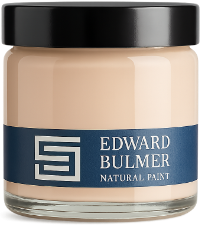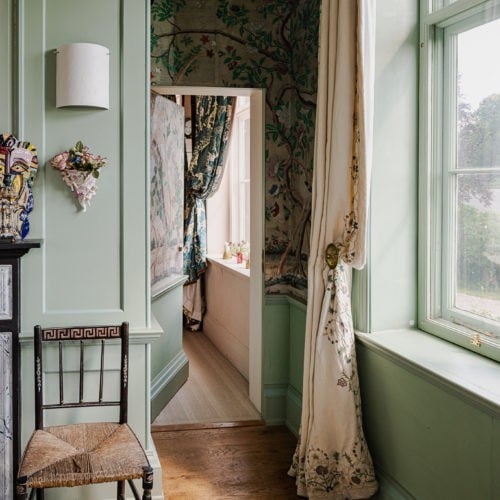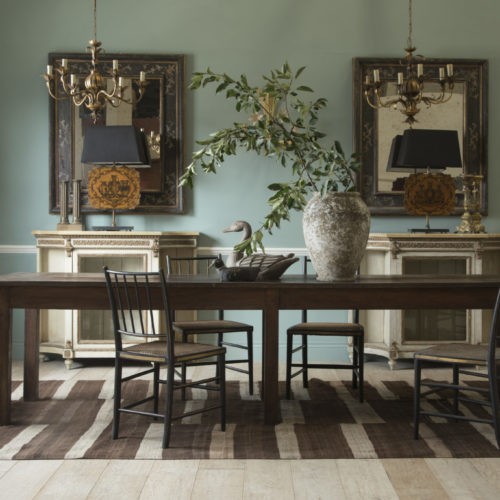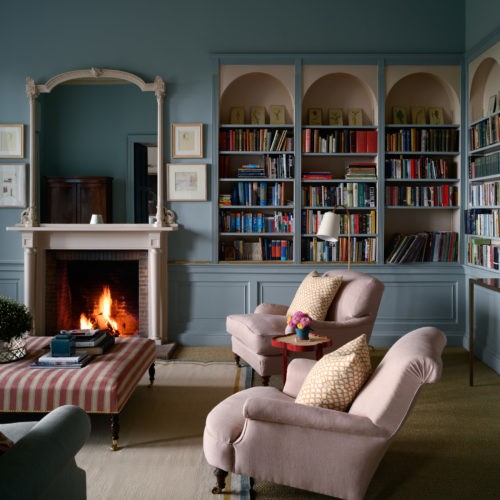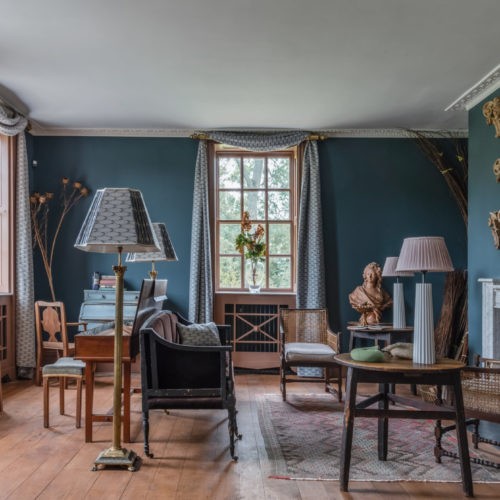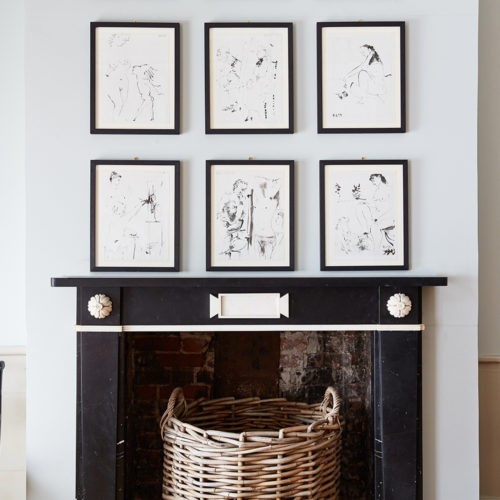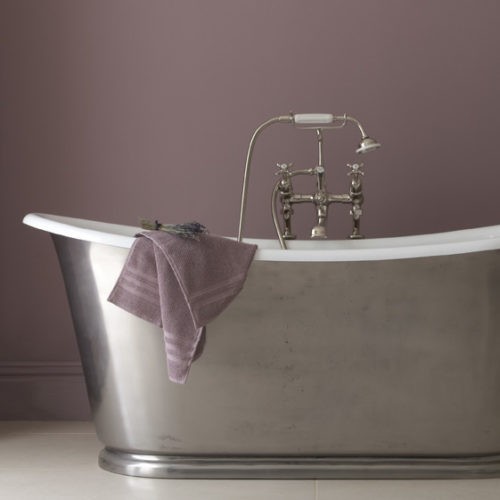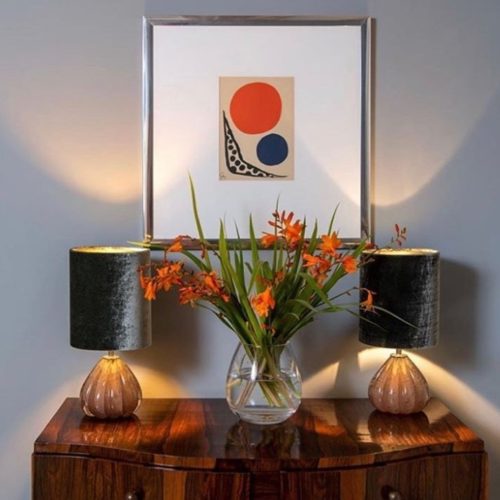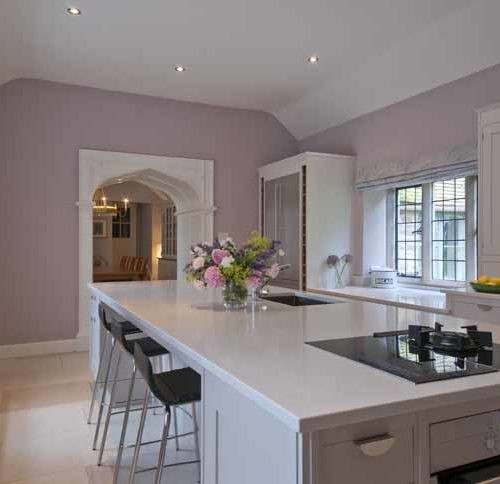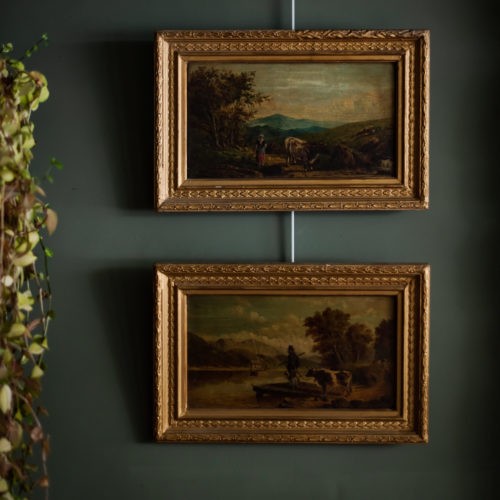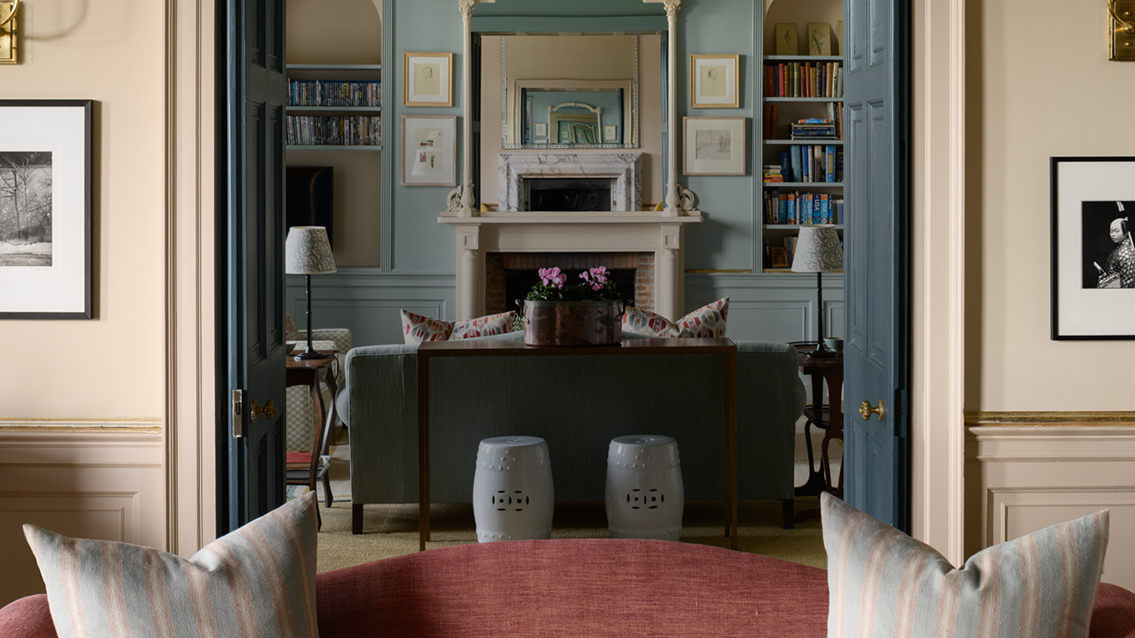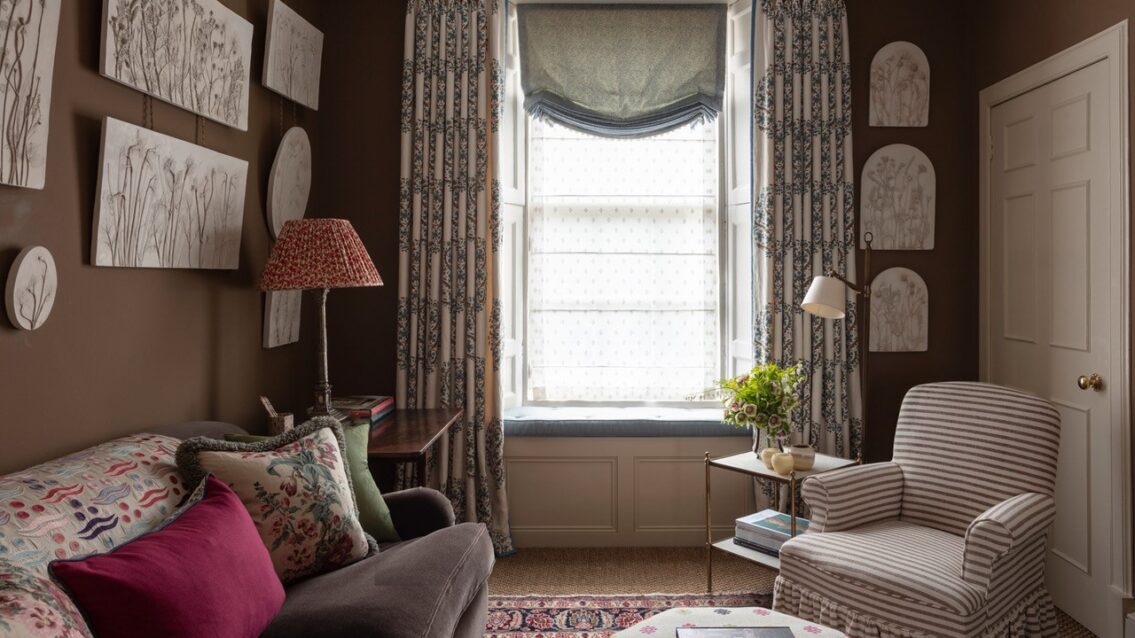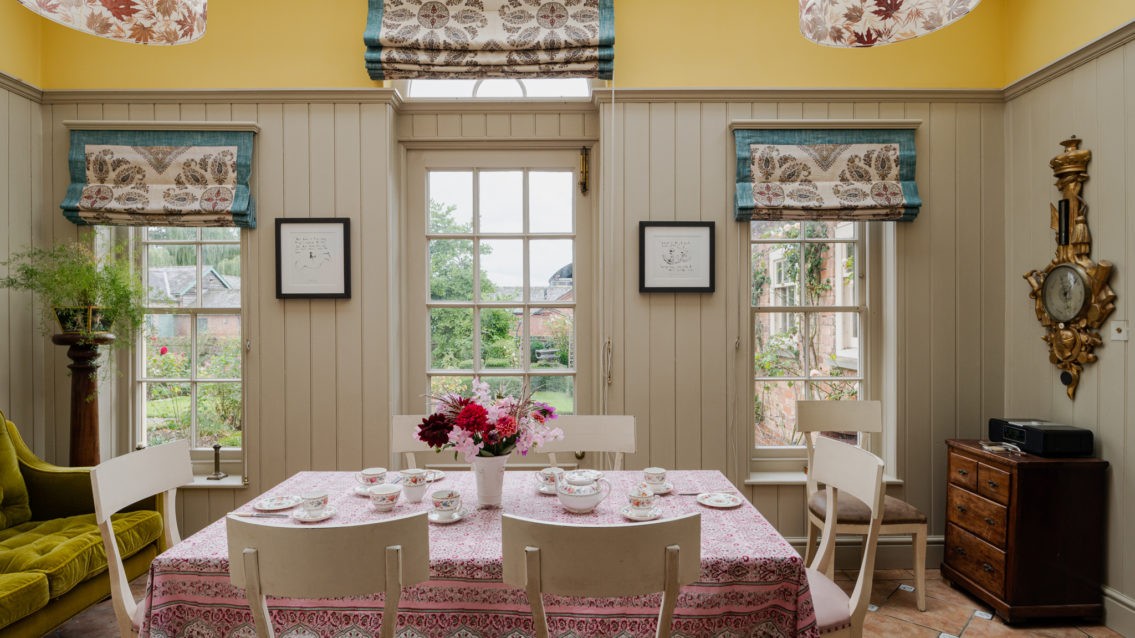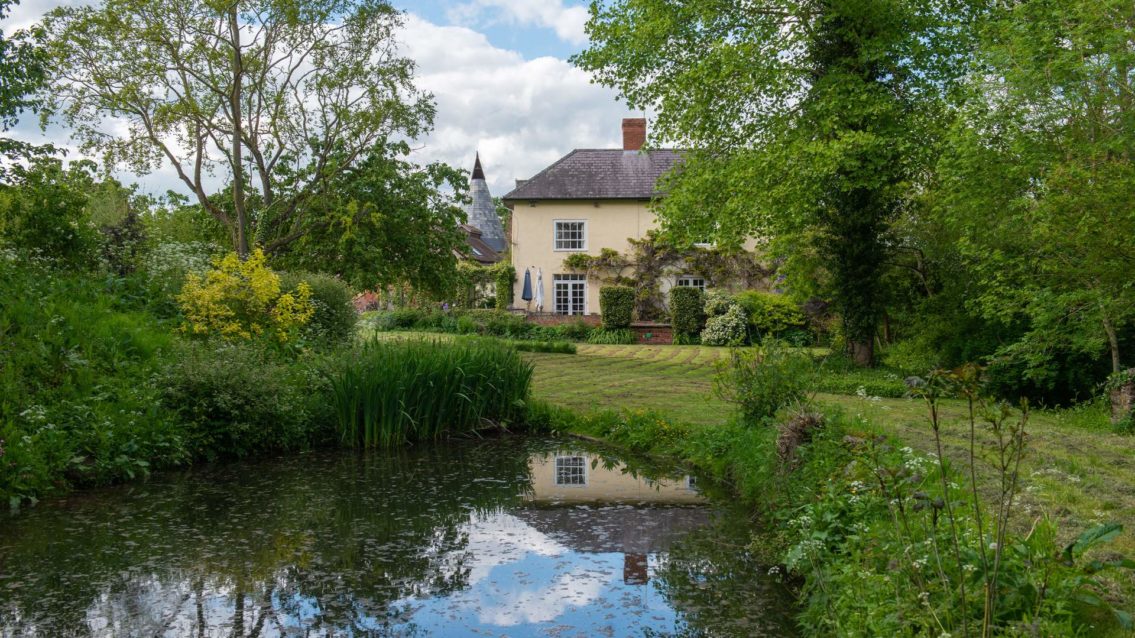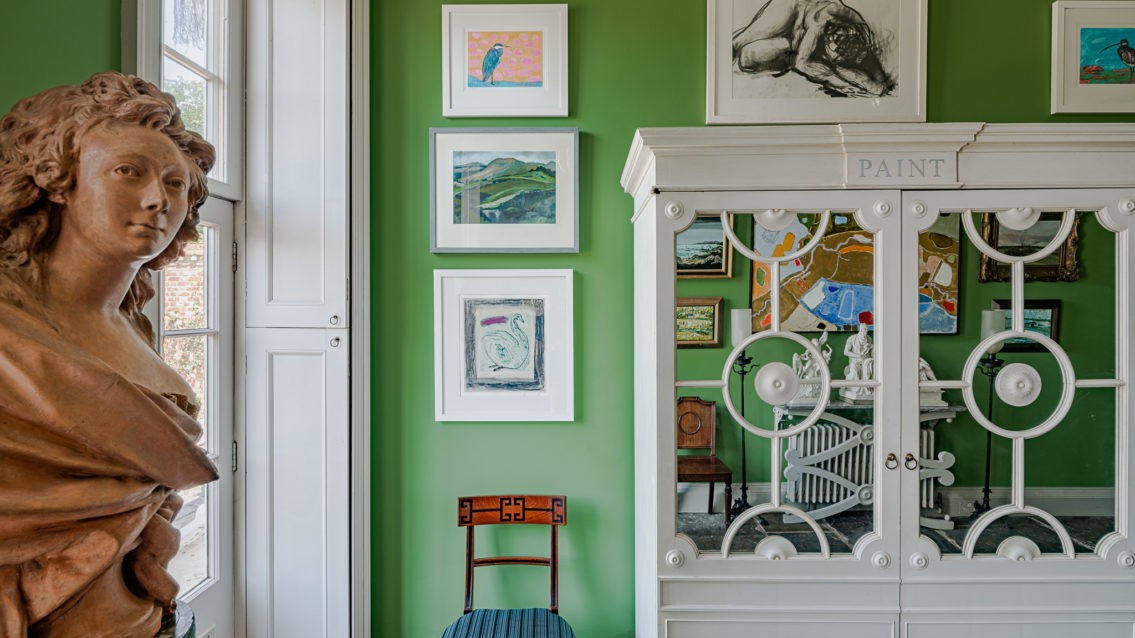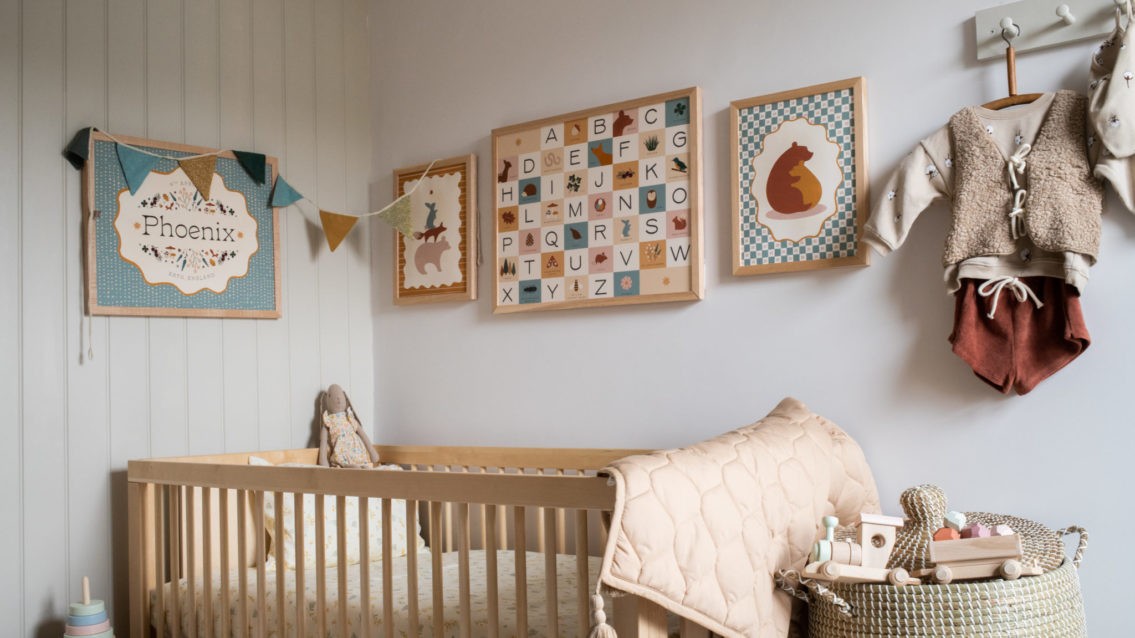Last month, to celebrate ‘Paint of the Decade’ and as part of our campaign to bring transparency to the paint market and to tell you how our paint is made we launched our pigment of the month. Amazingly Edward has created our collection of over 100 colours from just 12 natural earth and mineral pigments. We thought you would be fascinated to learn about these pigments, their history and which colours they create.
This month it’s all about the blues, introducing you to the pigment Prussian Blue.
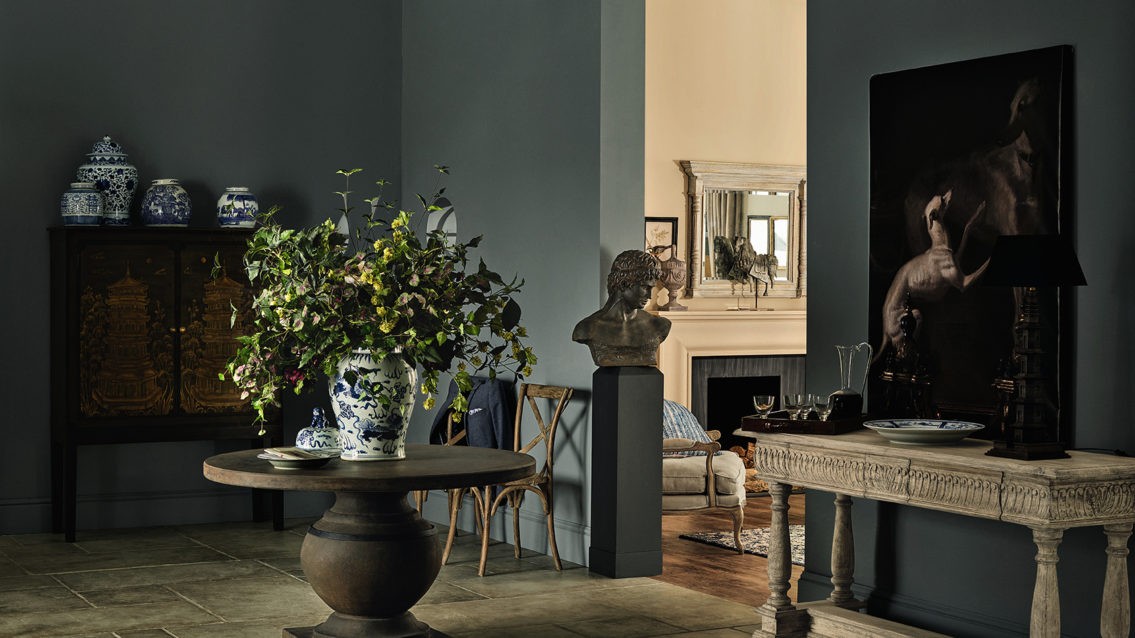
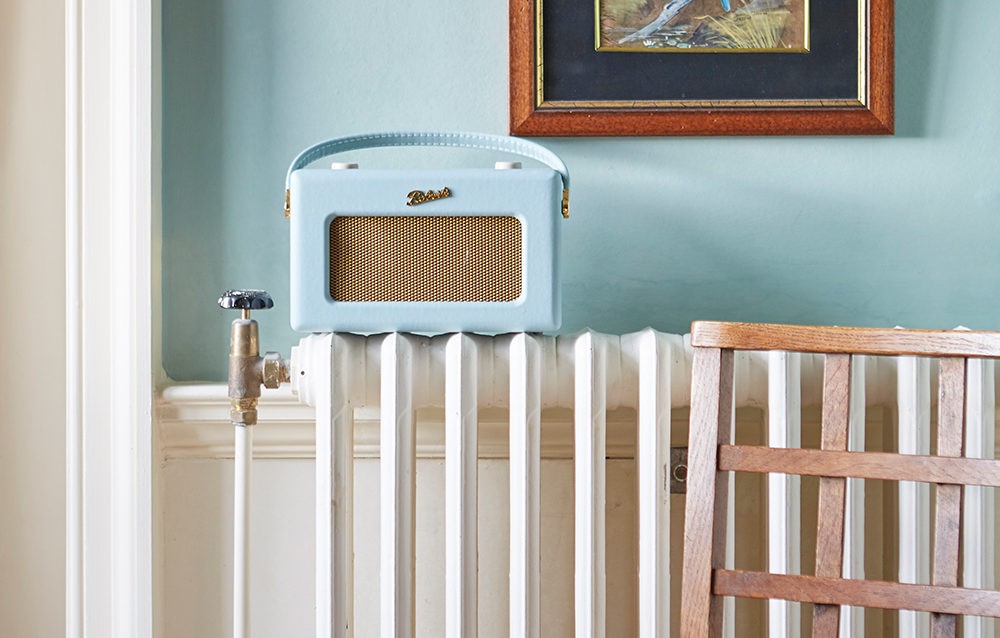
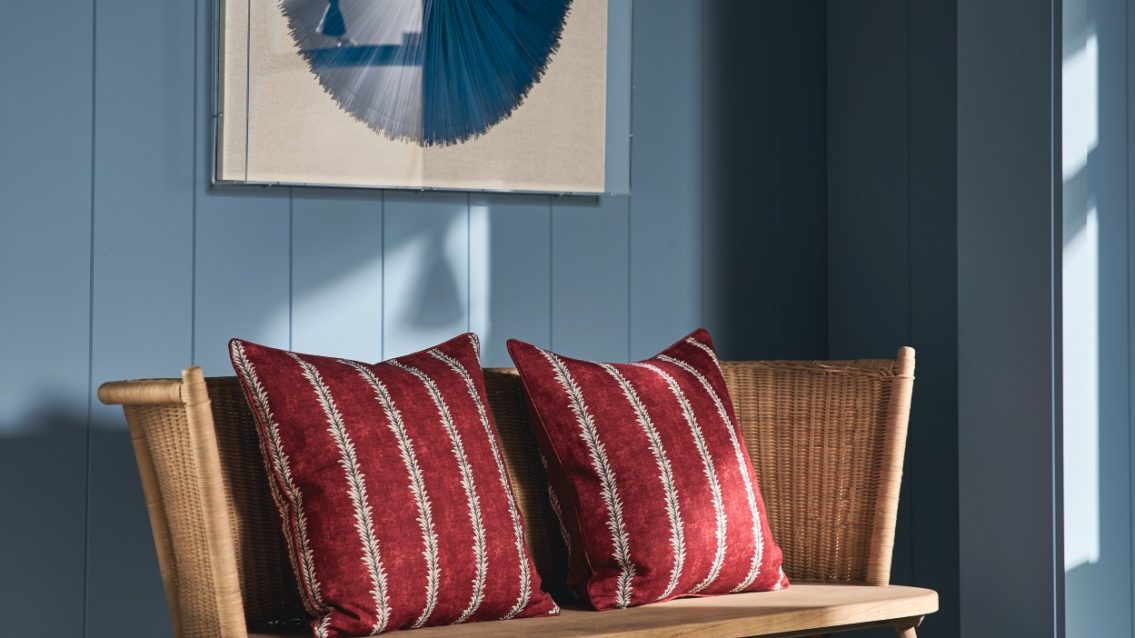
While blue is said to be the world’s most popular colour it is fair to say that many people also find it cold when used for decorating rooms. We asked the ‘Colour man’ himself, Edward Bulmer, to explain the difference with his range of blues and how to use them.
“Our perception of colours is often a strong determinant in our liking, or disliking, of them. These perceptions are sometimes ‘received’ rather than evidenced, but most of us are susceptible to a ‘cold’ blue or a ‘warm’ blue.
Using earth pigment alongside mineral blues helps to warm them up as well as reducing their cost, particularly in the days when lapis lazuli was the most reliable blue pigment available. The C18th discovery of Prussian Blue gave us, not only a more cost effective blue, but also a pigment with a warmer tonality.
Once mixed with yellow ochre or raw umber it will give beautiful deep aqua shades like our Sea Green or Aquatic, but cooled off with white and black you get Cerullian or Navy Blue.
Colours based on this pigment respond particularly well to natural wood floors and oak furniture.”
Pigment makes up a maximum of 8% of a well formulated paint and as natural paint makers we are alone in only using natural earth and mineral pigments to create our tonally consistent colour range. At Edward Bulmer Natural Paint, we believe you can see the difference in colours made this way. When you use powdered pigment the light is reflected in many directions; giving you a much more subtle effect than the reflection from single wavelength dyes used in synthetic paints.
True to your blues? As well as Sea Green and Aquatic, as you would expect you will find Prussian Blue in many of our other blues; Aerial Tint, Ethereal Blue (above left), Cerullian Blue (top image), French Blue (above right), Navy Blue, new Indigo and Welmish Blue (pictured below).
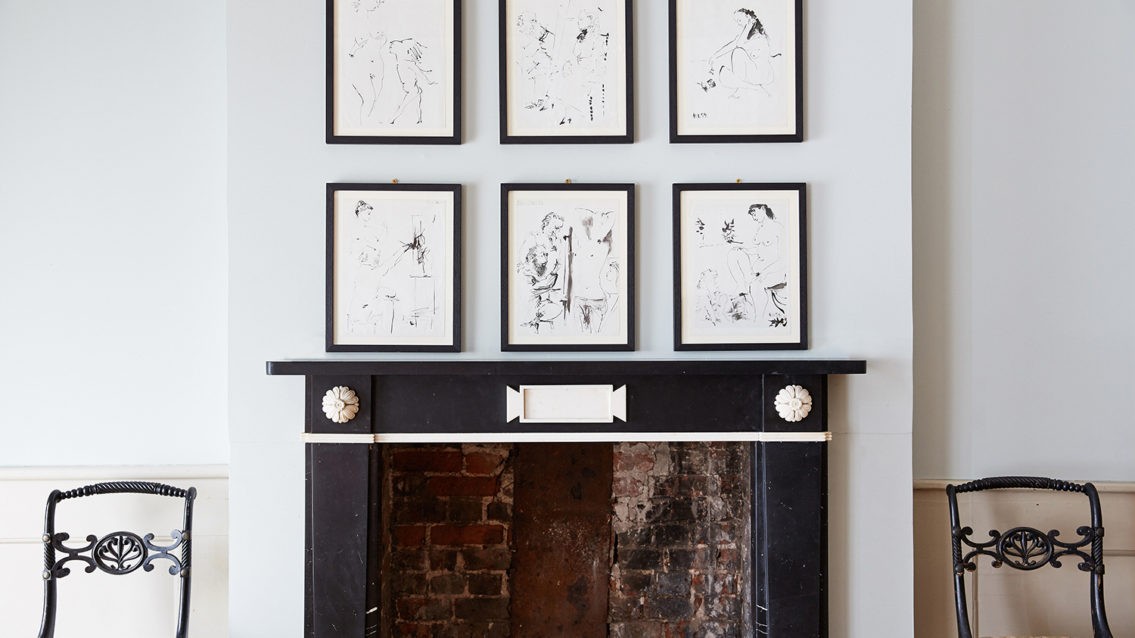
Can you guess which other colours this beautiful blue pigment is used in? You may be surprised to learn that you will find it in Lavender (below left), Inferior Grey (below right), Laylock and even Brunswick Green Deep.
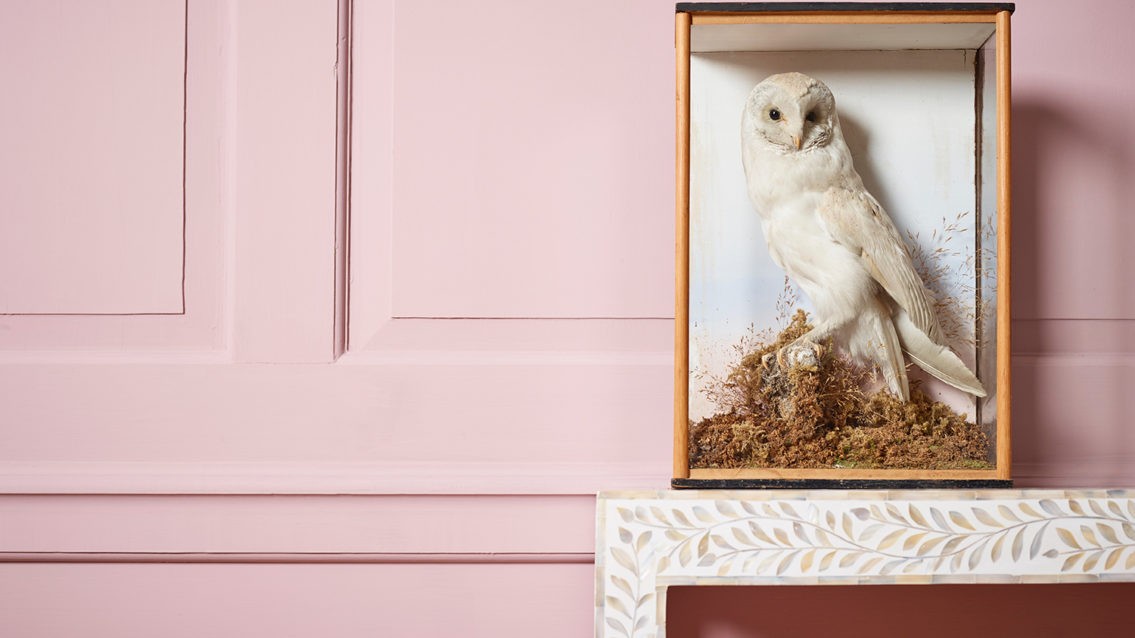
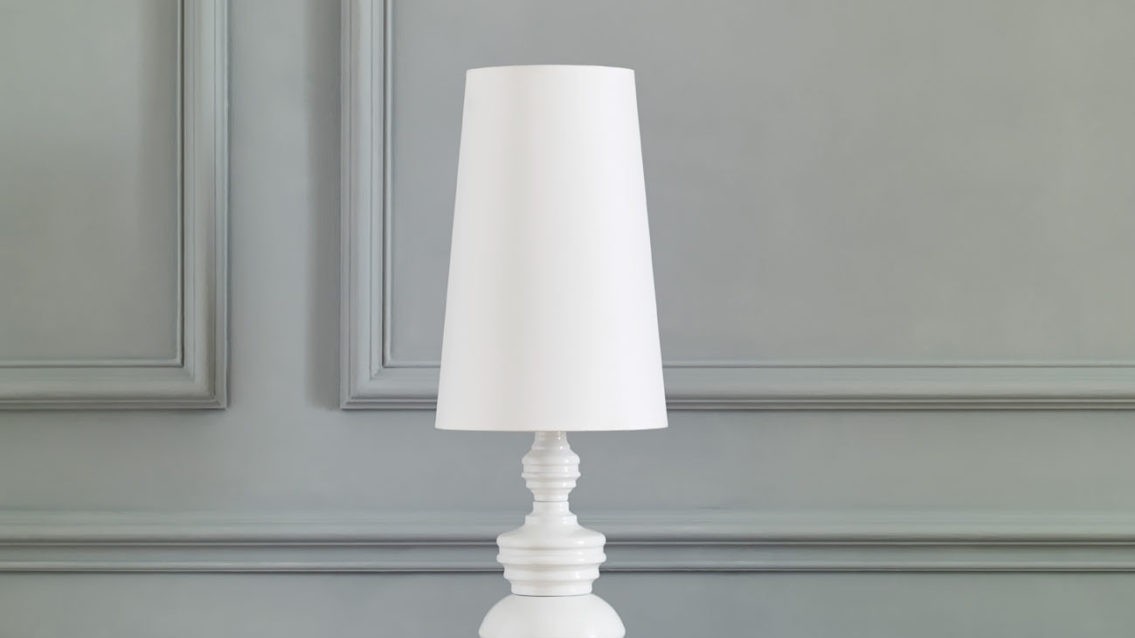
Don’t miss the March ‘Pigment of the month’ with more colour stories.
Why compromise? Painting the future with plastic free paint #nonasties #lovepaint#therevivalofnaturalcolour #paintsmadefromplants
Follow us on instagram @eb_naturalpaint and @edward_bulmer
